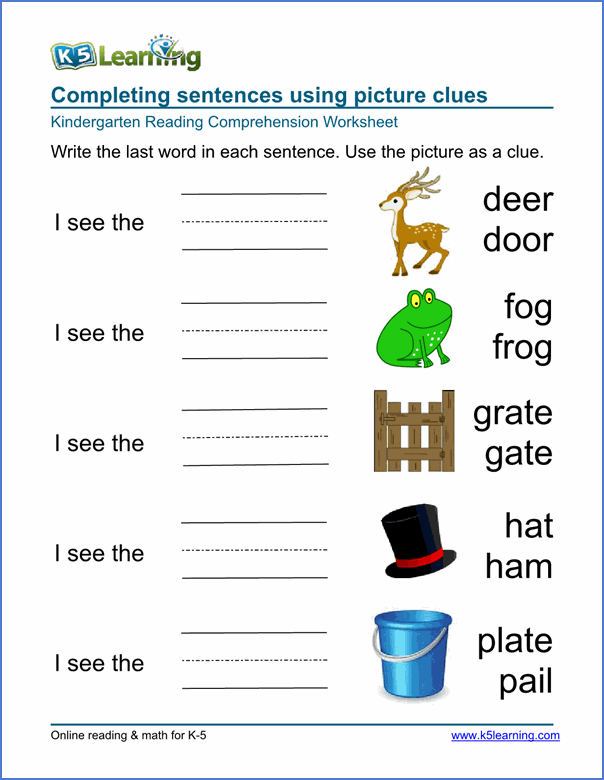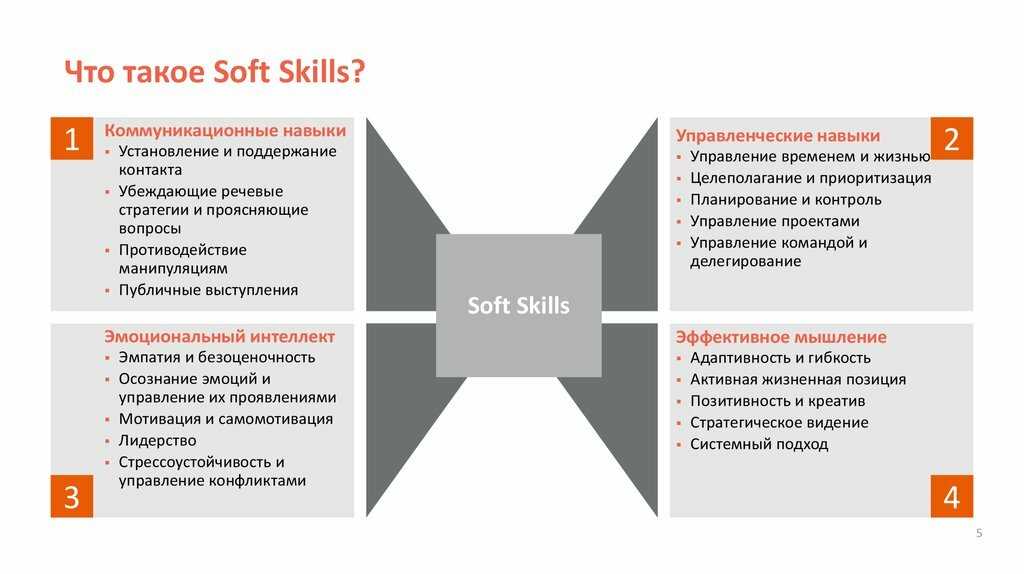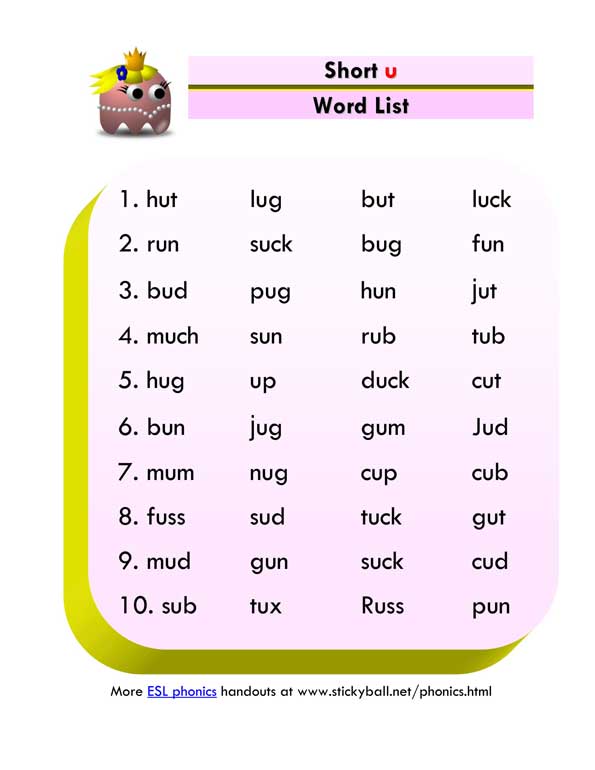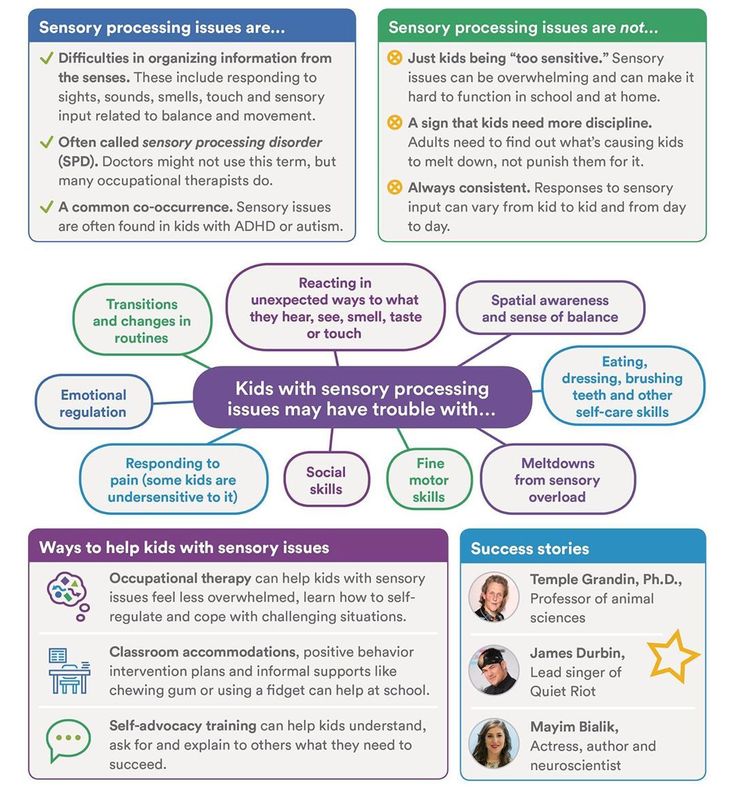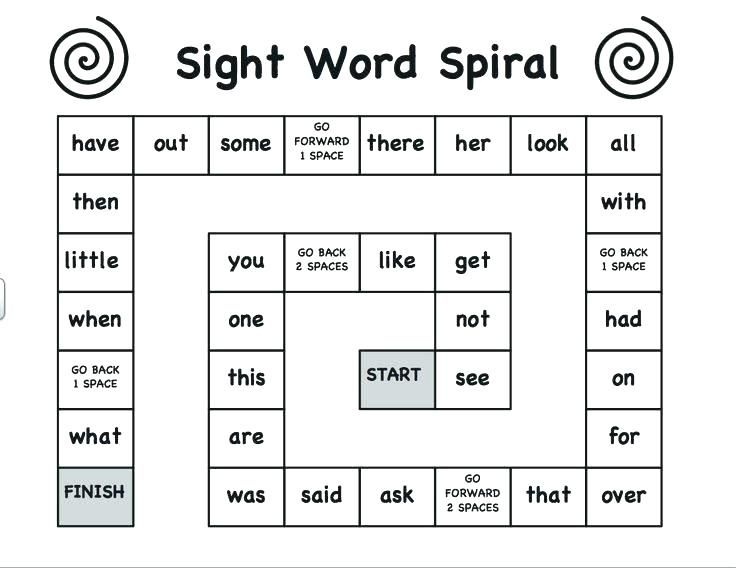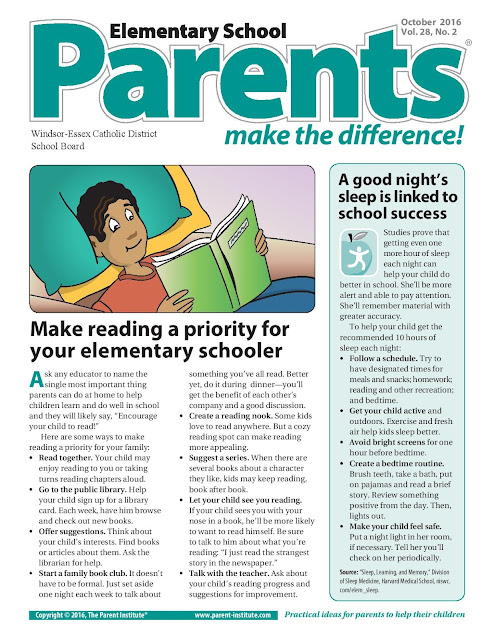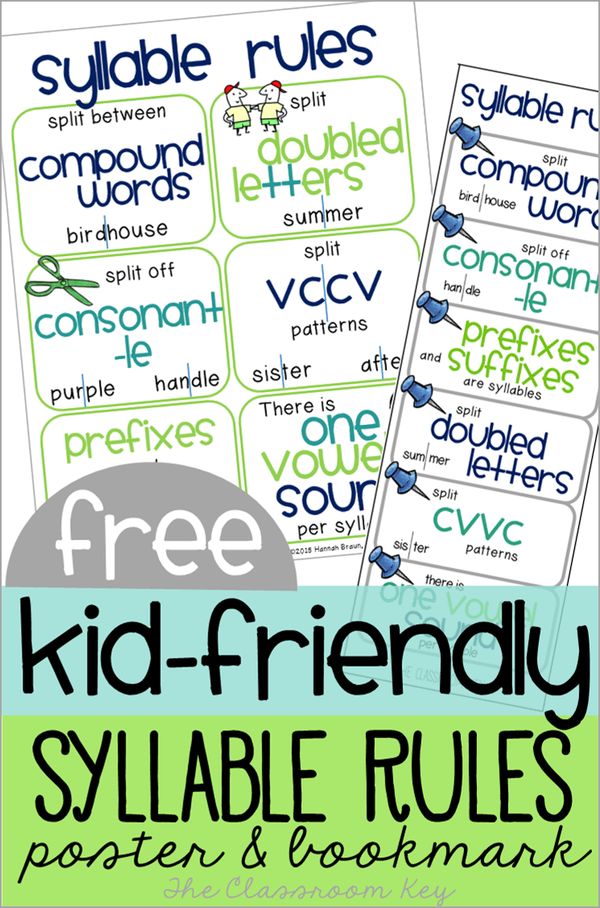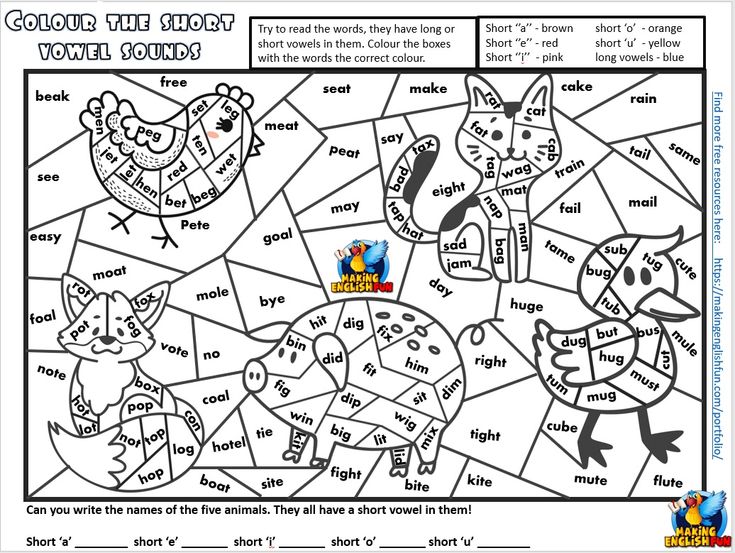Reading and math for kids
Teach Your Kids to Read Math and Be More Independent, Too
Reading math is much harder than reading fiction! 5 skills to teach your kids so they can learn from their math books and be more independent in math.
Why is reading math so difficult?
When your kids read a novel, there’s a lot of context to help them understand the author’s point. Even if they don’t know the meaning of every word, they can usually use context clues to figure out most unfamiliar words and get the general sense of the passage.
Take this passage from On the Banks of Plum Creek as an example:
“Laura played alone in the hot sunshine. The blue flags were withering among the dull rushes. She went past the willow valley and played in the prairie grasses among the black-eyed Susans and goldenrod.”
Many children reading this won’t know all the kinds of plants mentioned in the passage: flags, rushes, black-eyed Susans, and goldenrod. But they can infer that all are types of prairie flowers. And even if this detail goes over a child’s head, it’s not essential to understanding the overall meaning of the passage, which is that Laura is playing by herself on the prairie.
In contrast, math writing is extremely concise. Every sentence packs a ton of information into just a few words, and just about every word has a very specific meaning. Unless you understand the precise meaning of each word, it is very difficult to understand the overall gist.
Here’s an example from Math Mammoth’s Add and Subtract 4:
“Add up to find the change. To find the change, find the difference between the price and the money given. Start from the price and add till you reach the amount the customer gave.”
This is a great description of how to make change mentally, but you can see how every word is crucial to understanding the meaning of the sentence. To comprehend this explanation, a child must know the meanings of adding up, change, and difference. He or she must also understand what the author means by price, customer, and money given. If any of these pieces is missing, the meaning of the whole passage is lost (and it becomes very difficult for the child to do the problems on the page).
He or she must also understand what the author means by price, customer, and money given. If any of these pieces is missing, the meaning of the whole passage is lost (and it becomes very difficult for the child to do the problems on the page).
How to teach your kids how to read math
Even though mathematical reading is difficult, it’s a skill that can be taught. Like most difficult skills, kids need to be explicitly taught how to do it, and then they need lots of practice to master the skill. Here are five principles to teach your children to help them become mathematical readers and more independent in their math work.
Identify the main idea.
Knowing the main point of the printed math lesson helps kids make sense of the details when they read it more closely. Teach your kids to read the lesson headings, glance at the illustrations, and skim the passage before reading in detail. They may also want to take a look at the assigned problems so that they know what kind of problems the lesson will help them solve.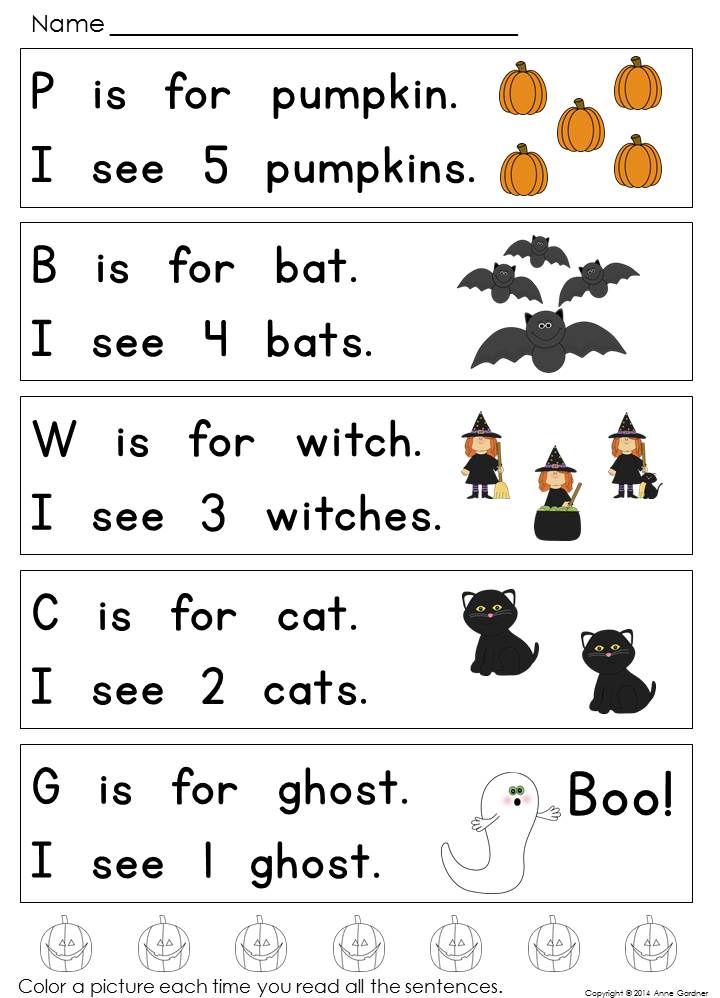
Slooooow down.
Kids tend to read at just one speed. Teach your kids to adjust their speed depending on the text that they are reading. They may be able to speed through a novel, but most non-fiction requires reading a bit more slowly in order to comprehend it–and math usually requires reading at a snail’s pace!
Reading a math book is like reading the instructions for putting together a piece of furniture from Ikea: you should only read the next line when you’ve understood and thought about the one before it.
“Read” the pictures and equations.
Most math lessons come with some diagrams, pictures, or equations to help explain the text. These diagrams are usually crucial to understanding the content. As they read, kids should make sure to match up the text with the diagrams and check that they understand the connection between the two.
Make sure you know what every word and symbol means.
In math, not knowing just one word in a sentence can make it difficult to understand the whole thing.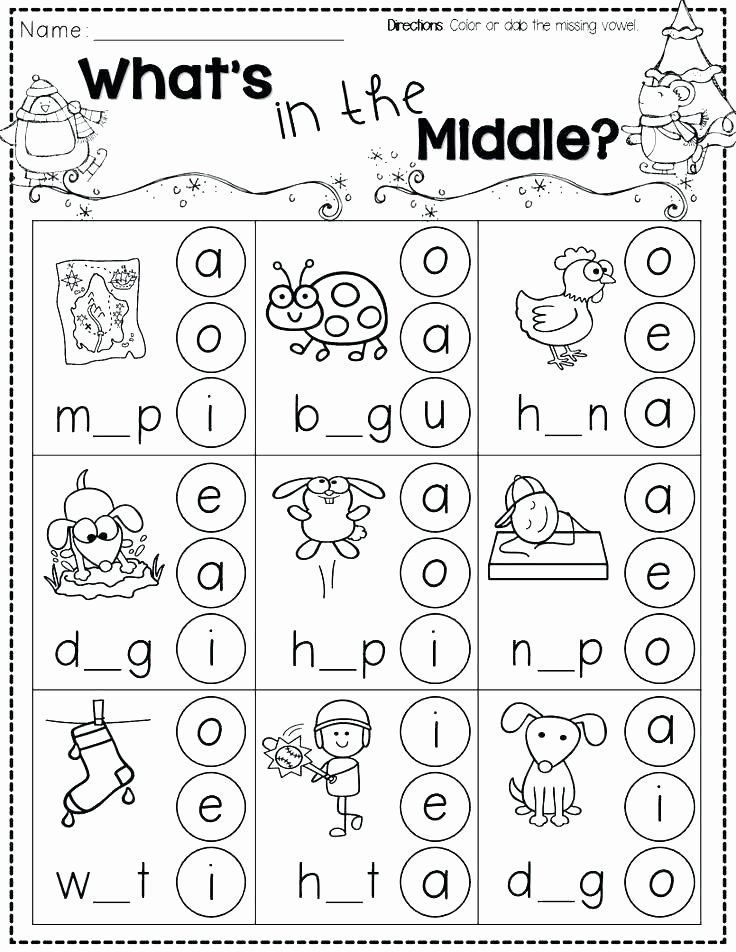 Teach your children to stop if they don’t know one of the words or symbols, and figure it out before moving on. Teach them where to look if they don’t know a math word: some books have a glossary in the back, or a list of key words for each chapter. In other books, you just have to flip backwards until you find where it was originally defined in the text.
Teach your children to stop if they don’t know one of the words or symbols, and figure it out before moving on. Teach them where to look if they don’t know a math word: some books have a glossary in the back, or a list of key words for each chapter. In other books, you just have to flip backwards until you find where it was originally defined in the text.
Reread—a couple times if necessary!
After your child has identified the main idea and read the passage slowly and carefully, he or she may still need to read it over another time or two to fully understand it. Kids who are used to understanding fiction at the first reading may feel frustrated when they have to read a math lesson over and over, but this repeated reading is often necessary. Help your kids have appropriate expectations so that they know it’s a normal part of reading math, not any fault of theirs. Encourage them to go back to the lesson as they work through the problems, too.
It takes some time to teach kids to read math well, but it’s time well-invested! Happy Math!
Math Games for Kids Online
Online Math Games for KidsMath can be hard sometimes, and it can be difficult for different types of learners at different stages.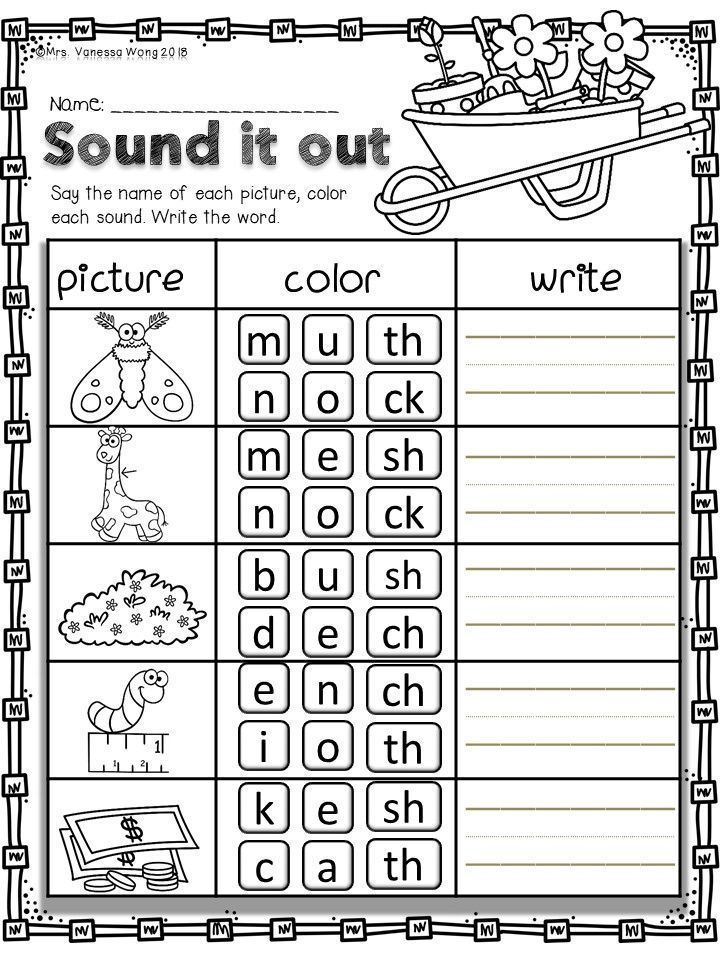 But playing games with math in them is different! Games are fun, and they don't take themselves too seriously. This means that they're a great way to develop necessary math skills without feeling like you're doing work at all.
But playing games with math in them is different! Games are fun, and they don't take themselves too seriously. This means that they're a great way to develop necessary math skills without feeling like you're doing work at all.
Fun math games online add meaningful challenges to your child’s math practice which are both age and grade appropriate. Math learning games are visually pleasing and engage your child’s sensibilities in the best way possible.
These games include subtraction games, addition games, measurement games, counting games, number sense games, place value games, algebra games and much more that cater to all ages from preschoolers to K-5.
Benefits of Interactive Math Games Online- Mathematics games foster positive educational experiences by boosting student motivation and learning
- Math learning games stimulate mathematical reasoning by encouraging students to reason, wonder and explore
- Easy math games provide an alternative method of approach and assessment to mathematics
- Play on any device: Kids can play math games online on the device of their choice; iPad, laptop, iPod etc.
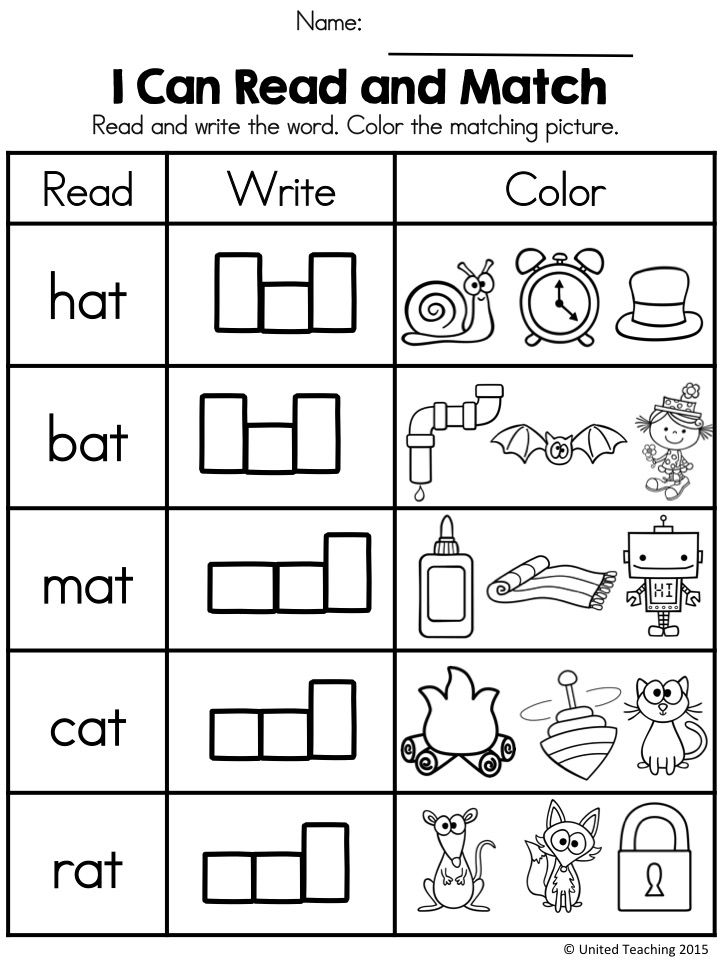
- Engaging and rewarding games: Children can buy their favorite animated pet and more with the coins they earn through practice.
- Parental Connect: Parents can get instant notifications of their child’s progress and skill completion through apps and websites.
- Offline access: Fun math games can also be played offline through various apps.
Math online games are extremely useful as they make learning fun and interactive! They not only engage the child but facilitate frequent practicing of math facts and increase math knowledge by focusing on logical areas of reasoning and questioning. Math learning games are very efficient in reinforcing mathematical concepts.
2. Do online games help in developing math skills?Ofcourse! Math games improve reasoning abilities, promote better comprehension of underlying concepts and allow children to feel confident in solving complex math problems based on real-world scenarios.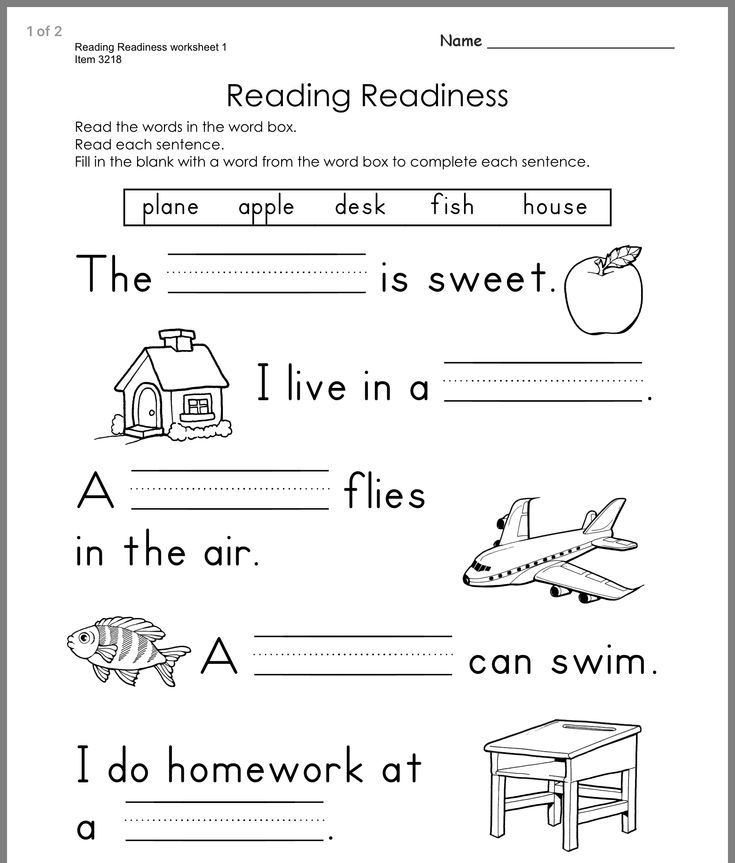 Fun games online are practical and useful in developing key mathematical skills.
Fun games online are practical and useful in developing key mathematical skills.
Yes! Interactive math games come with a set of instructions that are engaging and easy to understand. They cater to all types of learners and provide an equal learning opportunity for every child. Fun games online challenge children in a way that is both exciting and appropriate which then increases their math learning and enhances their math skills.
4. How can I make teaching math fun?You can make teaching math fun with interesting games online by incorporating them in your classroom or your child’s routine. Even simple math games add to children’s learning by employing innovative strategies and techniques.
5. What are the best math games websites for kids?A wide range of websites and apps are available online that cater to math learning and practice. To know more, read: Best Online Math Websites To Take The Math Blues Away
Try SplashLearn for Free
how reading helps a child develop
Image by BrickRedBard from Pixabay
Parents are used to repeating to their children like a mantra: "You must read, you won't get anywhere without reading.
 " But few people understand what its real use is, except for purely everyday use, when you need to read a pointer or a label on clothes. Together with neuropsychologists, we understand what reading is from a scientific point of view and how it is related to the ability to do mathematics.
" But few people understand what its real use is, except for purely everyday use, when you need to read a pointer or a label on clothes. Together with neuropsychologists, we understand what reading is from a scientific point of view and how it is related to the ability to do mathematics. "Reading develops speech functions, and through them - all the rest, from thinking to imagination"
Maria Shendyapina, Researcher, Clinical Psychologist, Research Fellow, Department of Neurolinguistics, Faculty of Education, University of Hong Kong
Why is reading such a value, especially in our culture? The first associations are education, knowledge, depth of thinking. Now reading has a second wind, it is becoming an alternative to the "fast carbohydrates" of social networks, videos and pictures. Information through letters comes more slowly and requires more concentration. But the richness of meanings is revealed through them immeasurably more. Reading does not immediately give out the whole essence, but first turns on the imagination, teaches you to imagine, concentrate and get used to different worlds.
Reading does not immediately give out the whole essence, but first turns on the imagination, teaches you to imagine, concentrate and get used to different worlds.
If we consider the scientific approach, then there are many nuances. Science is constantly evolving and raising research quality standards, so numerous stories from the series “scientists asked 20 people to read in a tomograph and learned a lot” do not matter. In order to draw any clear conclusions, we need huge samples of thousands of people and the systematization of repeated experiments. However, some things have already been well studied. For example, the anatomy of reading: in simple terms, the eyes perceive visual information, transmit it through the optic nerves to the cerebral cortex for further processing, and then the left hemisphere deciphers the read text.
Psychologists from Yale University Bennett and Sally Scheivitz proposed a model of three reading systems in the brain: parietotemporal (focuses on the analysis and understanding of words), occipitotemporal (responsible for the rapid visual recognition of words in their entirety and the translation of letters into the corresponding sounds) and the front, which includes Brock's zone (plays an important role in the analysis of syntax and articulation, and also regulates reading to oneself).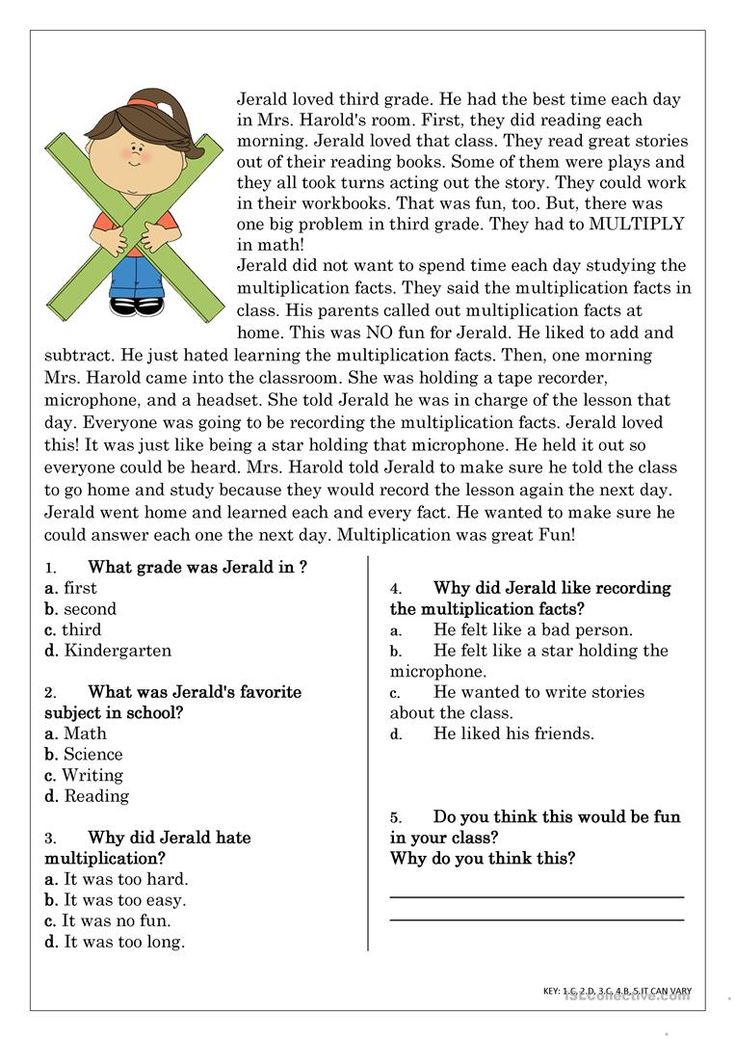 While reading, the corresponding areas of the brain are included in the work.
While reading, the corresponding areas of the brain are included in the work.
To summarize, reading develops speech functions, and through them - all the rest: thinking, attention, memory, perception, creativity, imagination. Human cognitive functions are closely related, therefore, improving one thing (and reading is, in fact, a throughput channel for most symbolic information), you can see progress in other areas. It is no coincidence that elementary school reading fluency is so often equated with general academic achievement: the two are indeed closely related.
Why is reading useful?
- Develops speech functions in preschool children. Moreover, reading along with the child in roles expands vocabulary much better than just reading a book aloud.
- It has a therapeutic effect in depression. Methods such as bibliotherapy are used to improve psychological well-being.
- Regular reading as a hobby improves students' vocabulary, writing skills, language abilities and increases learning motivation.

- Fiction develops empathy and metacognition.
- Regular reading of new information that requires comprehension, especially in a foreign language, helps to strengthen memory and form a cognitive reserve that protects against age-related mental decline.
"Research calls reading the best hobby in the world"
There are many types of reading that differ in pace, degree of immersion, level of understanding, quality of information, nature of the material, mood, goals and motives, as a process and as a result.
Superficial reading is often recommended for informational purposes: it is believed that if you quickly skim through the text or the table of contents, it will help you understand the main meaning (“I don’t know, but I’ll tell you”) and make subsequent deep reading better. For example, I was advised to use the skimming (peeping) technique for the TOEFL exam (English language proficiency test. - Ed. ), where you need to quickly read a foreign text and answer questions about it.
), where you need to quickly read a foreign text and answer questions about it.
Deep reading requires more time, immersion, energy and concentration. But it makes it possible to delve into the details and understand the topic, comprehend the text and logically process it for yourself.
High-quality analytical reading is a separate skill that can and should be learned, sometimes even in adulthood.
Studies call reading the best hobby in the world: it teaches, informs, relaxes and entertains. There is evidence that reading novels increases neural connections within the temporal areas of the brain responsible for verbal functions. Interestingly, changes in neural connections also remained active for several days after reading, especially in the somatosensory cortex - that is, meanings are probably processed at the level of corporeality. In addition, the most recent research recommends reading from paper rather than electronic media, as books increase the quality of reading and reflecting on this process.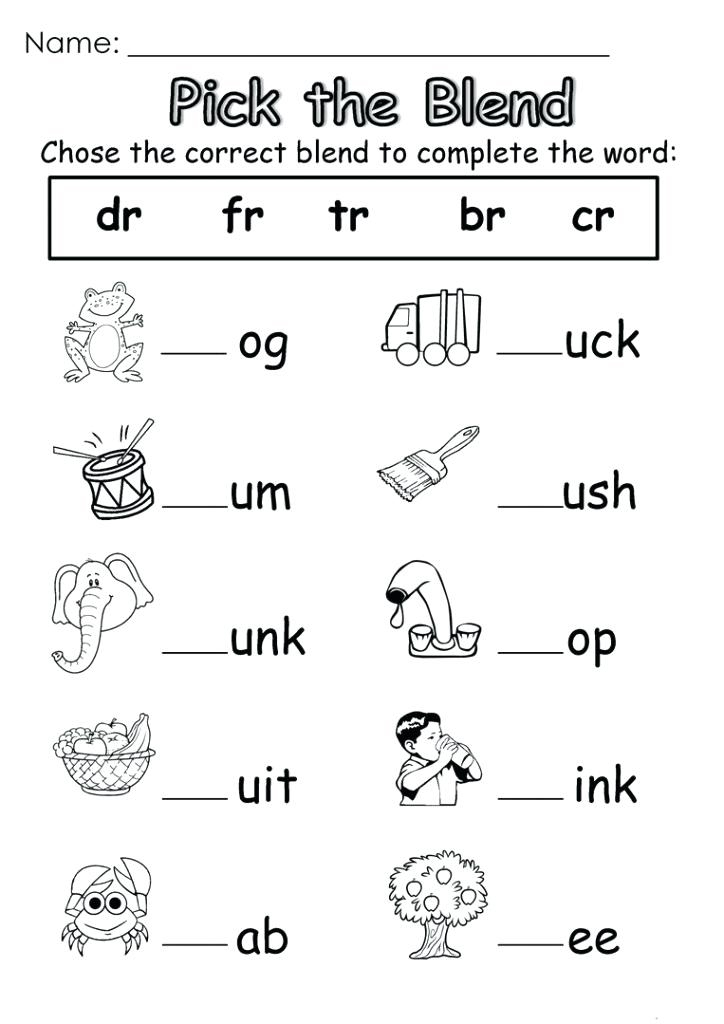
There are works that also see a connection between reading ability and mathematics. From the point of view of neuropsychology, both are the analysis of complex spatial-symbolic information, controlled by the temporo-parietal-occipital cortex. Therefore, if the processes or dynamics of information integration in the brain are disturbed, both abilities can suffer simultaneously. And vice versa: the abilities for mathematics and reading can help each other, provided they are harmoniously developed.
“Reading is an evolutionarily new task for a child”
Aleksey Kotov, Senior Researcher, Laboratory of Neurobiological Foundations of Cognitive Development, Higher School of Economics the stage when the child is already reading by himself, this is an internal representation, a cause-and-effect analysis. Children can understand what preceded what, build alternative scenarios. When a child is just starting to read, on a neural level, this ability begins to download, to crawl into the prefrontal areas of the brain on the left side.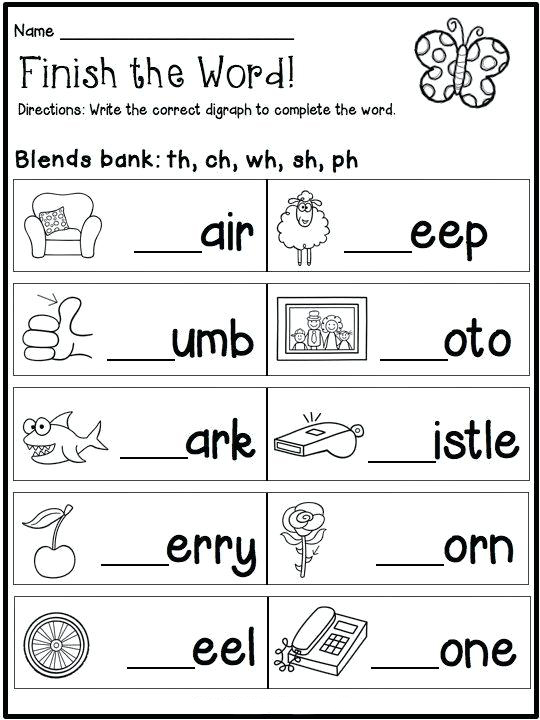 She is assigned to him - this is the area of \u200b\u200bthe forehead and temple. For cognitive psychologists, this is an area also covered by working memory. Why it's important: A well-developed working memory in children is the ability to consciously control and plan actions.
She is assigned to him - this is the area of \u200b\u200bthe forehead and temple. For cognitive psychologists, this is an area also covered by working memory. Why it's important: A well-developed working memory in children is the ability to consciously control and plan actions.
When children learn to read, it is something new and unique for them, we can say that this is an evolutionary new task, which was not in the previous stages of development. They encounter the sign system for the first time, so they master it rather hard and in a very specific way. In terms of brain function, this involves the temporal lobes and the occipital lobes. The former are associated with sound analysis, and the latter with visual analysis.
It is a difficult task for a child to establish a connection between how he sees pictures and how they are pronounced.
Children have one linguistic feature, which Russian psychologists sometimes call phonetic.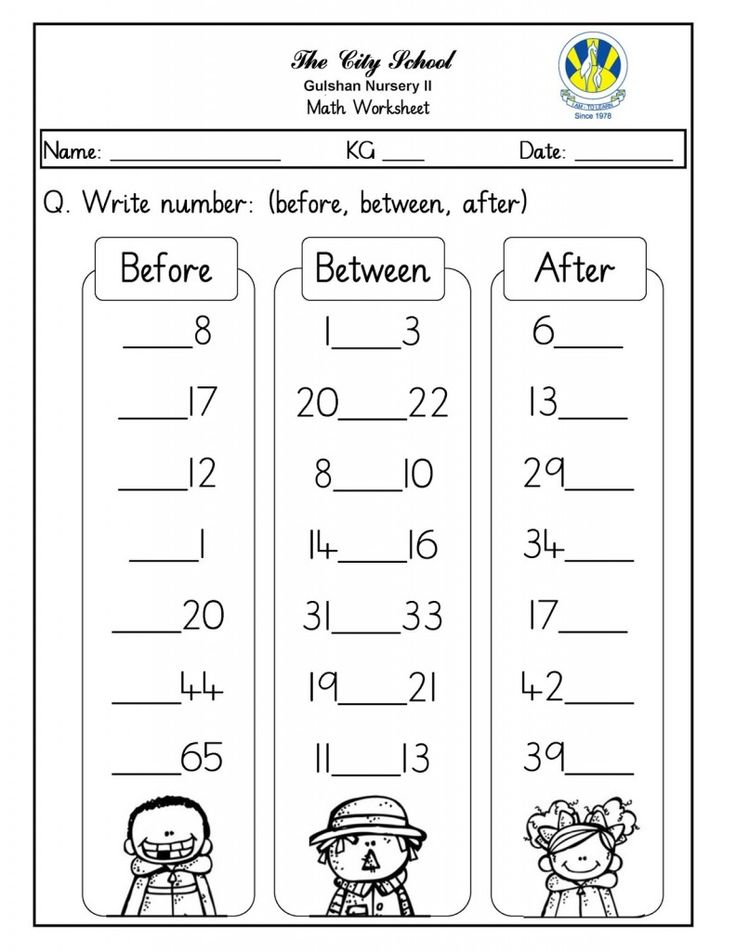 To simplify, there are children who hear the number of syllables in a word, there are children who distinguish words by stress, and some do not feel it at all. So this feature directly affects the reading of the child. Children who hear all this usually begin to read a year earlier than those who do not have this feature.
To simplify, there are children who hear the number of syllables in a word, there are children who distinguish words by stress, and some do not feel it at all. So this feature directly affects the reading of the child. Children who hear all this usually begin to read a year earlier than those who do not have this feature.
Preschool age is the time when you can work with her. Children who learn to do phonetic analysis of words, train, put stress correctly, even without linguistic awareness, they can quickly catch up with their peers.
If you want your child to read, do it together the fact that the child learns to read on his own, for many years after that, reads aloud to him. Mastering sign systems (counting, writing, reading) is a very social thing. The important thing is with whom the child learns skills, that is, this is not so much an individual task as a joint one. If parents simply strive to instill in their children the rote ability to read, they quickly become bored of doing so.
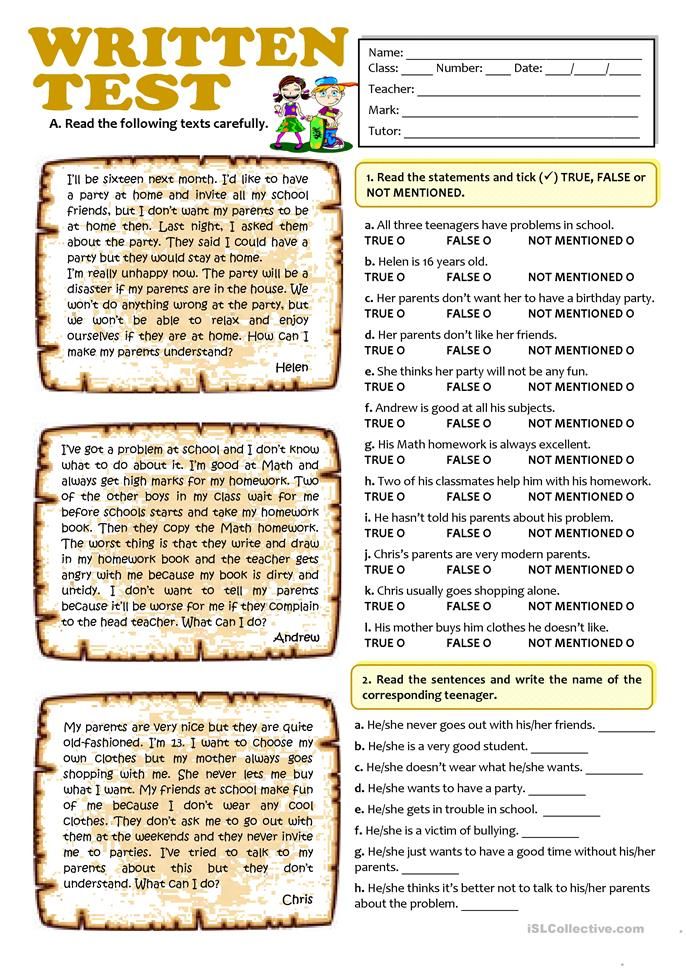
The best way to change is through shared joy, pleasure and a sense of success. Start a family reading marathon. In shops and modern city libraries you can find new beautiful books, from some illustrations in which eyes light up. Read at night, in the morning and during the day, at home in a hut made of blankets, in a tent in nature or on benches in the park. Read in turns or in roles, loud-loud and quiet-quiet.
Draw illustrations, discuss, act out scenes, try new themes and ways. Your task is to show how it can capture, delight and fill with emotions. Do you feel guilty that your kids watch too many cartoons? Turn off the sound and turn on the subtitles. Bang! Your children are now reading.
This material is part of a large project dedicated to the development of children's personal potential and key competencies of the 21st century. What is the project about? We talk about the child and his development as a person, not an object of the educational process. We explain how the world is changing and show what skills will help a child live harmoniously in a changing reality. Other materials of the project cover the topics of development of social-emotional intelligence, financial and digital literacy, cognitive development, inclusion in school, etc. The project was prepared in collaboration with the website about education and upbringing of children Mel.
We explain how the world is changing and show what skills will help a child live harmoniously in a changing reality. Other materials of the project cover the topics of development of social-emotional intelligence, financial and digital literacy, cognitive development, inclusion in school, etc. The project was prepared in collaboration with the website about education and upbringing of children Mel.
author of the article
Igor Farafonov
#cognitive development #reading #effective reading #memory #brain #reading literacy
Back
Entertaining mathematics for preschoolers, math games and tasks online
0107
View all
What is symmetry?
Part of the whole
We study the figures (1)
We study the figures (2)
We study the figures (3)
Study the figures (4)
Lominated line
polygon
polygons (1)
View all
Course Learn numbers
View all
Number 1 (1)
Distinguish numbers from 0 to 9 (1)
Distinguish numbers from 0 to 9 (2)
Distinguish numbers from 0 to 9 (3)
Distinguish numbers from 0 to 9 (4)
Number line up to 10 (1)
Digit 1 (2)
Digit 2 (1)
Digit 2 ( 2)
View all
Count up to 5
View all
Funny numbers (1)
Funny numbers (2)
Funny count up to 3
Funny count up to 3 9003 Where is more? (1)
Where is more? (2)
Let's count!
Memorize numbers up to 3
Play and count
See all
Count up to 10
See all
Fun count up to 10 (1)
Fun count up to 10 (3) 9003 1)
Number line problems up to 10 (2)
Play and count (1)
Play and count (2)
Which is in order up to 10?
Count down from 10 to 1 (1)
Count down from 10 to 1 (2)
View all
Count up to 20
View all
Problems to the number line up to 20 (1)
Arrange in order up to 20 (1)
Correlate objects and numbers up to 20 (1)
9001 3Counting in pairs up to 20 (1)
Counting items up to 20
Counting items up to 20 (2)
Counting items up to 20 (3)
Counting items up to 20 (4)
View all
View all
Approximate score (2)
Money account loves
Units of length.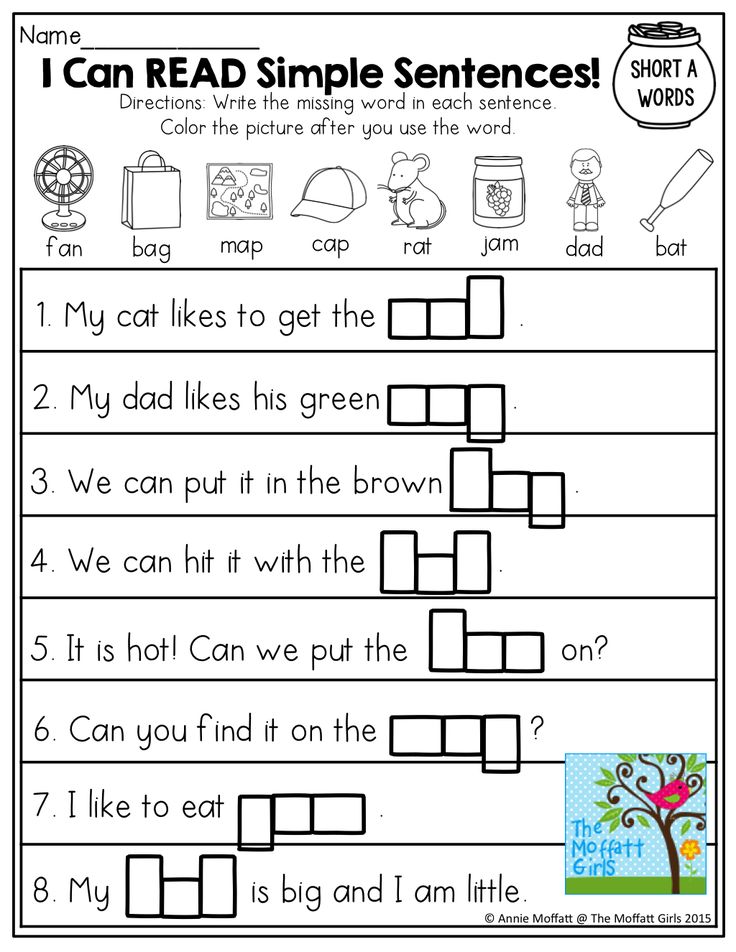 Millimeter
Millimeter
Approximate account (1)
Put up to 100 (1)
Consider up to one hundred
View all
Composition of the number
View all
Composition of number 13
Composition of number 18
Number 14 composition
Number 11 composition
Number 17 composition
Number 19 composition
Composition of the number 16
The number 15
View all
We add up and subtract
View all
Learning to solve problems up to 10 (1)
Learning to solve problems up to 10 (2)
Examples in Pictures
Subtract and add
Subtract with a ten (2)
Subtract with a ten (3)
Drag the answer
Add. Terms. Sum. (1)
Addition. Terms. Sum. (2)
View all
Compare numbers
View all
Longer, shorter, equal in length
Comparison of numbers in pictures up to 10
Even-odd
Comparison of expressions. Equalities and inequalities
Equalities and inequalities
Comparing numbers within a million
Comparing numbers in pictures up to 20
Comparing numbers within 20
Comparing numbers
View all
Multiply and divide
View all
Recalling the multiplication table
Division by 10 and 100
Division with remainder
Division of a three-digit number by a single digit
Multiplication and division problems
Do you know the multiplication table? (1)
Do you know the multiplication table? (2)
Written division with remainder
Written two-digit multiplication
View all
Solve problems and examples
View all
Learning to solve problems up to 10 (1)
Money is loved by
diagrams
Checking subtracting
Tasks for multiplication and division
Examples with brackets
We add up and subtract
The composition of the number
View composition all
Determine the time
View all
Days of the week (1)
Days of the week (2)
Remember the months (2)
Distinguish the seasons
Memorizing the months (1)
Finding time using the hands
Clock with hands
Autumn riddles (1)
Seasons - spring (2)
View all
Why do we need mathematics?
Mathematics is a fundamental science that appeared at the moment when a person needed to calculate something.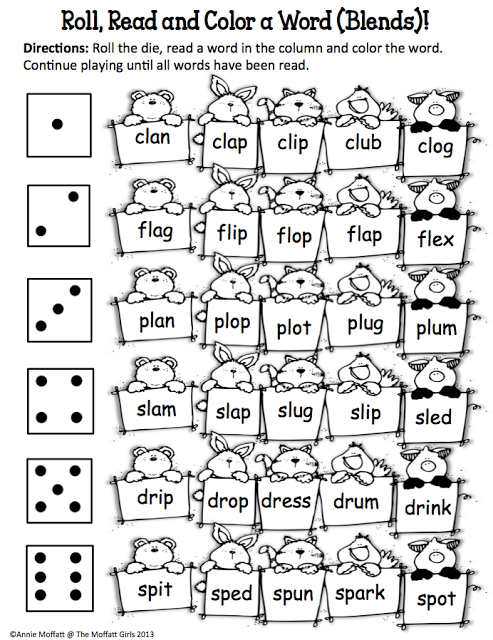 We can say that her age is not much different from the age of mankind. Mathematics helps, on the one hand, to develop abstract thinking, on the other hand, to solve applied problems in everyday life.
We can say that her age is not much different from the age of mankind. Mathematics helps, on the one hand, to develop abstract thinking, on the other hand, to solve applied problems in everyday life.
Mathematical thinking, or mathematical mindset, is based on logic, the ability to build cause-and-effect relationships, critical thinking, the desire to get to the bottom of a question or problem.
Mathematics forms skills that are relevant for any historical period, especially for the present.
What is entertaining mathematics?
Undoubtedly, mathematical abilities are developed by special efforts.
One option is to study mathematics by solving mathematical problems. For an easier and more exciting learning process, a special section is used - entertaining mathematics. In thoughtful game tasks, interesting plots, using humor, the science of mathematics appears in the most attractive form, which is especially important when teaching children.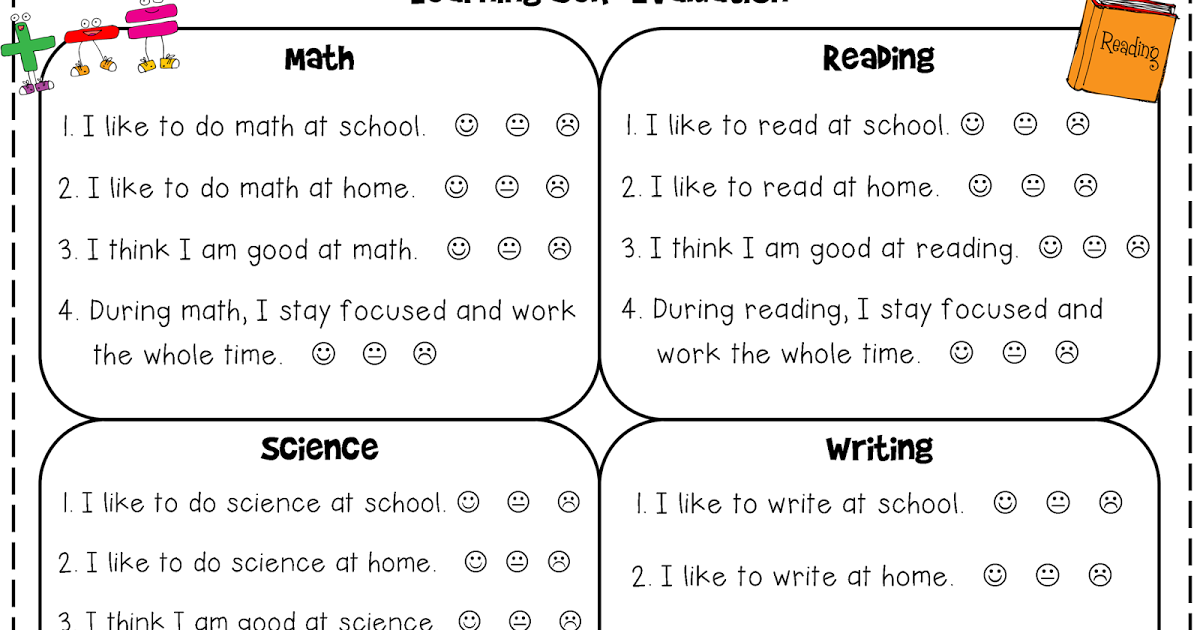 Children's curiosity and excitement allow you to get involved in the world of abstract calculations and go from entertaining puzzles to real complex mathematics.
Children's curiosity and excitement allow you to get involved in the world of abstract calculations and go from entertaining puzzles to real complex mathematics.
Why does the child not understand mathematics?
There is no definite answer to this question. Perhaps the child has not yet fully mastered the skills of counting. Here, counting games from very simple to complicated options, for example, with dice (as an option, rpg board games) will help.
Very young children may still have unformed abstract thinking: it is easier for them to operate with visual objects. A parent or teacher always shows the application of mathematics, explaining why mathematics is needed in life.
If we are talking about an older age, then it is possible to structure abstract thinking in the form of diagrams on paper, helping not to keep all the data in mind, but to see the full picture visually.
If mathematics is difficult for a child, it may be worth paying additional attention to the development of imagination.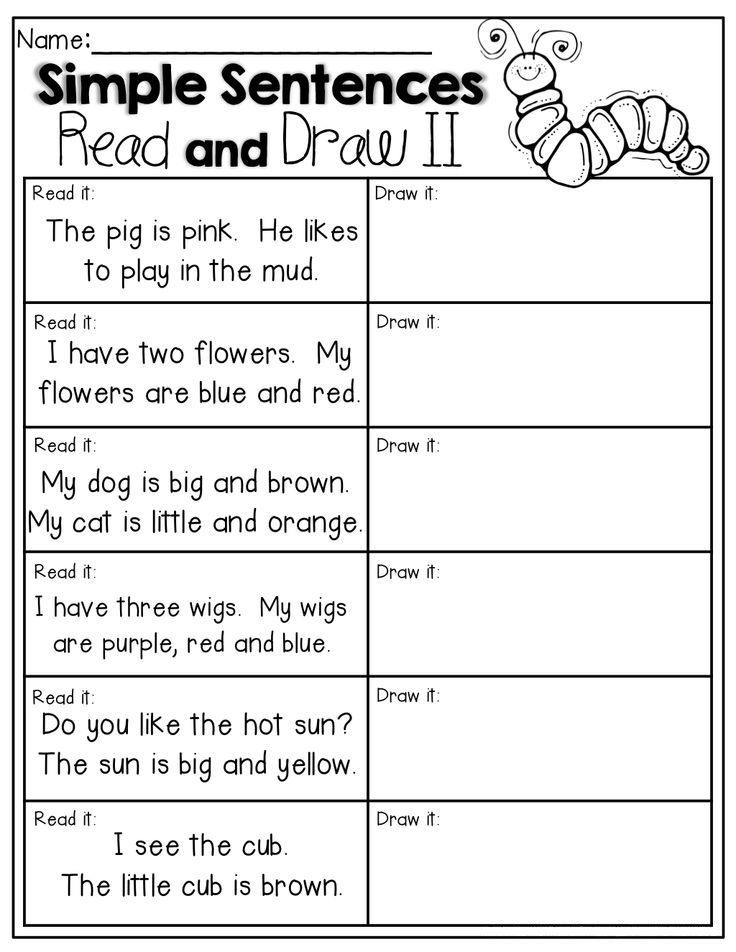 It is not necessary to use the detailed solution of math problems; you can go through mazes, cut out patterns, collect various crafts according to the schemes. Creativity is welcome, because mathematics is not always about dry numbers.
It is not necessary to use the detailed solution of math problems; you can go through mazes, cut out patterns, collect various crafts according to the schemes. Creativity is welcome, because mathematics is not always about dry numbers.
Math in pictures for preschoolers online is now available to every child. The section includes tasks and games in arithmetic for children, exciting tasks that develop addition and subtraction lessons for children. The exercises in this section will help develop attention and concentration, form elementary mathematical concepts in children.
Playful activities
Your child will have a fun and productive time.
Children are engaged with pleasure, are completely immersed in the learning process and achieve results. For children under 6 who have not yet learned to read, we voiced each task.
Cups and medals for children
Awards that motivate children to achieve success.